October is a beautiful month in the central part of Montenegro, and we thought that it might be a good idea to make a day trip around Katunska Nahija – a region where you still can enjoy the silence and peacefulness of the first autumn days. There are hardly any tourists in this part of the country, even in summer. As far as I know, there is no travel agency or tourist organization promoting this road from Danilovgrad to Čevo, and further to Cetinje or Lovćen National Park.
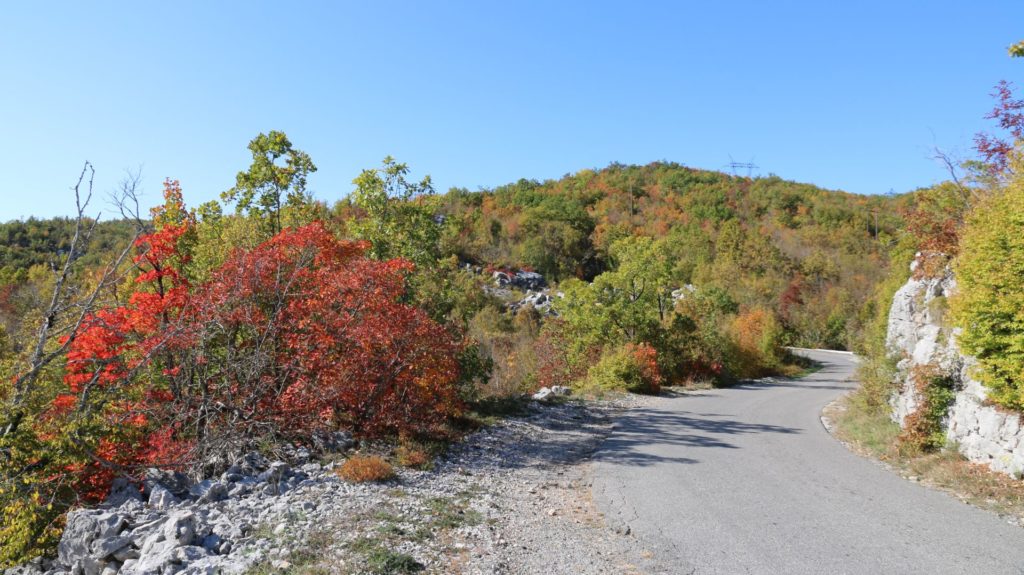 Yet, it is so interesting to discover ‘Old Montenegro’, the authentic central region with its old stone houses and its rough karst landscapes, often covered by maquis and Mediterranean leave forests.
Yet, it is so interesting to discover ‘Old Montenegro’, the authentic central region with its old stone houses and its rough karst landscapes, often covered by maquis and Mediterranean leave forests.
But do you know what a ‘Nahija’ is? In the Turkish language, nahija means sub-district, and this expression was used during the Ottoman Empire. The Principality of Montenegro (19th century), covered four nahija’s or administrative districts. The biggest of them was Katunska nahija.
Katunska nahija consists of nine tribes or clans. A tribe is a community of people originating from one family or ancestor. Nowadays, Katunska nahija has around 20,000 inhabitants.
 The Dutch travel writer Van der Velde passed through this region at the end of the 19th century and wrote: “There is no place where you can spend the night in this pathless country that resembles a moon desert….”
The Dutch travel writer Van der Velde passed through this region at the end of the 19th century and wrote: “There is no place where you can spend the night in this pathless country that resembles a moon desert….”
The Tour
We took the road to Nikšić and turned left at the roundabout near Danilovgrad (signpost: Čevo). The narrow asphalt road, full of potholes, took us uphill, following the slopes of Mount Garač (1436 m).
On our left side we could see the green valley of Bjelopavlići with its scattered villages and hamlets. The morning was foggy and the atmosphere was mystic.
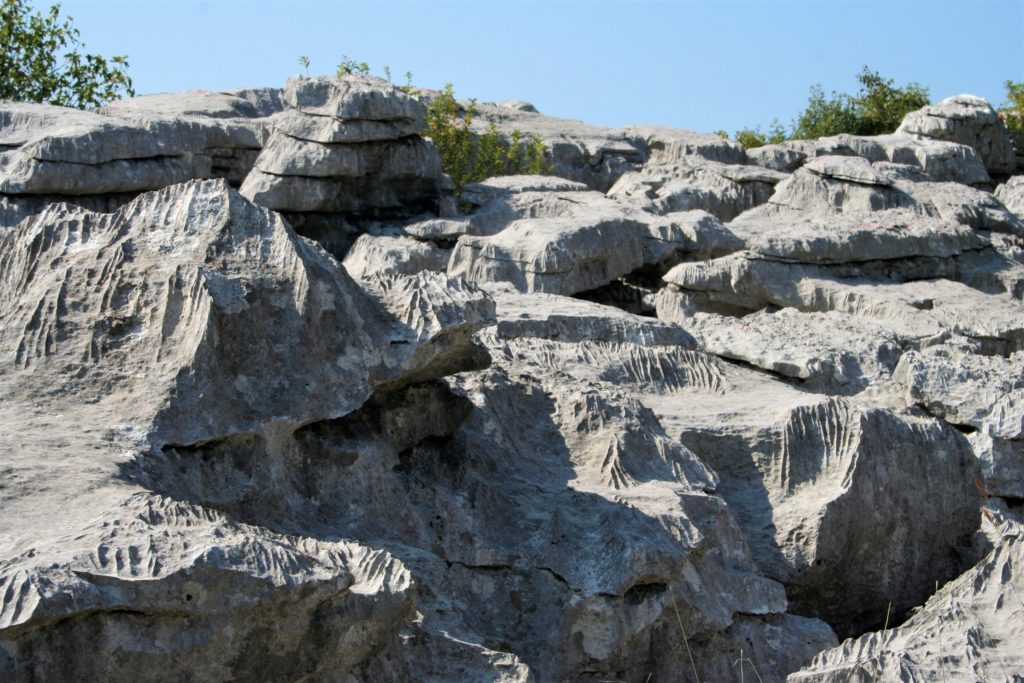 Along the road, we passed some impressive karst formations and picturesque old stone houses. It was good to see that people are returning to their villages and reconstructing their houses, often in old Montenegrin style: there are hardly any modern concrete buildings disturbing the authentic landscape.
Along the road, we passed some impressive karst formations and picturesque old stone houses. It was good to see that people are returning to their villages and reconstructing their houses, often in old Montenegrin style: there are hardly any modern concrete buildings disturbing the authentic landscape.
Soon we reached Čevo, which was – in former times – the most important administrative center in Katunska nahija, besides Cetinje. Now it has 60 inhabitants only. But Čevo really has a history! Njegoš celebrated it in dedicated verses in his masterpiece Mountain Wreath – ‘O Plain of Chevo, thou art nest of heroes…’
Moreover, Queen Milena Petrović-Njegoš (born Vukotić), the wife of King Nikola, came from this village. She married Nikola when she was only 13, after he unexpectedly came to the throne in 1860. Their marriage was a matter of deal between Nikola’s and Milena’s father and they got twelve children.
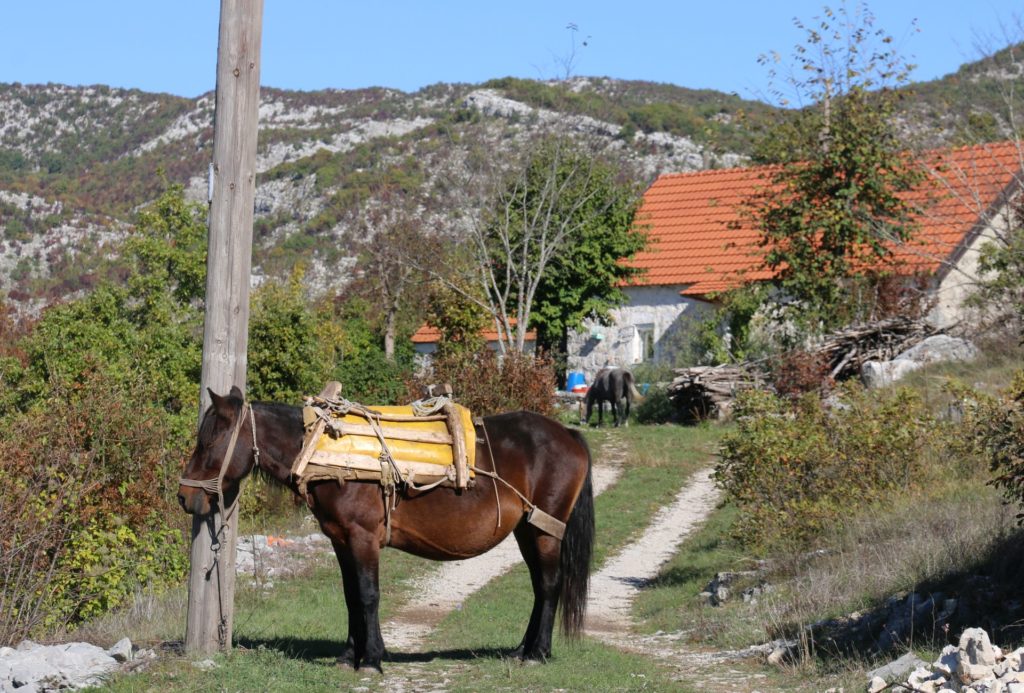 Čevo is also the homeland of the famous general Janko Vukotić. It is the Vukotić family that owns the big green building in the center of the village. They are traditionally dealing with the production of home-made prosciuttos and cheese, but they also own the café and are in charge of the small village museum.
Čevo is also the homeland of the famous general Janko Vukotić. It is the Vukotić family that owns the big green building in the center of the village. They are traditionally dealing with the production of home-made prosciuttos and cheese, but they also own the café and are in charge of the small village museum.
When we visited Čevo a few years ago, it seemed a kind of ghost village, but now there was a lot of activity. We saw horses and mules ready to carry firewood. Villagers were working on the land. Everything was prepared for the placing of new electricity poles. Houses were under (re)construction. Čevo is working on its future!
From Čevo, we continued to the direction of Cetinje. We passed abandoned hamlets, picturesque villages, Partisan monuments and green fields surrounded by colorful forests. Soon we arrived at the junction with the new road from Njeguši to Cetinje and it was easy to return to Podgorica.
Vegetation
Although the summer season was over, we saw several interesting plants and bushes along the road, like common sage and rose hips. There is not much arable land in this region, due to the lack of water, but villagers have always known how to use every wild plant: sage was used for digestive problems and its mouthwash is an excellent remedy against dental plaque; rosehip tea may boost the immune system and reduces joint pain… Particularly beautiful were the wild pomegranates with their brightly red fruits. Villagers use them to make juice, as pomegranate is full of vitamin C.
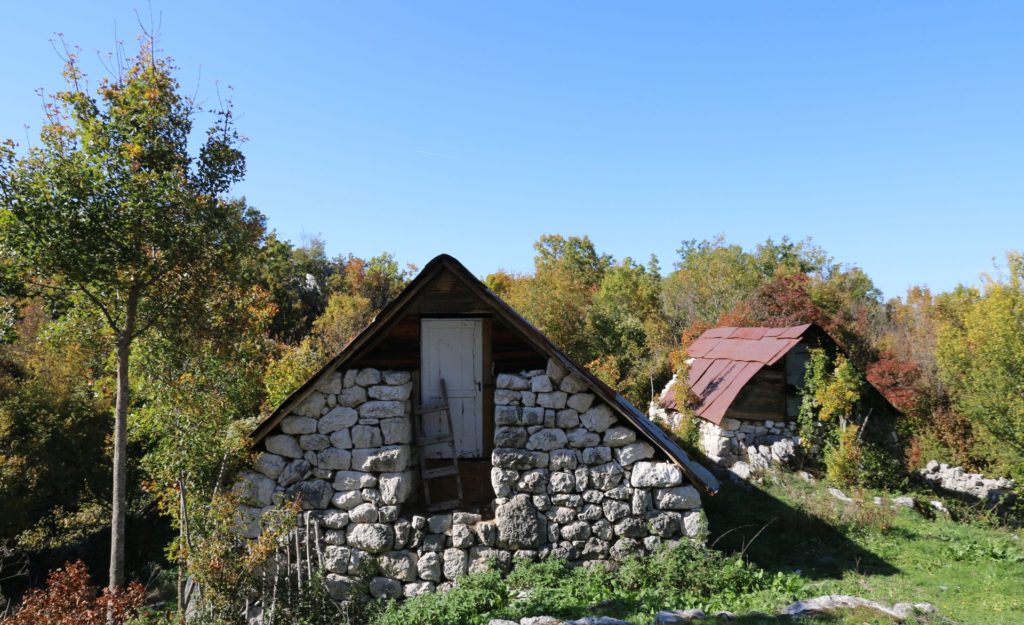 The slopes were full of Jerusalem thorn or Christ’s thorn (in Latin: aliurus spina-christi and in Montenegrin: drača). In the old times, mature fruits were used as coffee surrogate and you could find them in each village household as a medicine against diarrhea.
The slopes were full of Jerusalem thorn or Christ’s thorn (in Latin: aliurus spina-christi and in Montenegrin: drača). In the old times, mature fruits were used as coffee surrogate and you could find them in each village household as a medicine against diarrhea.
No need to say that the people living in Montenegro’s countryside have a thorough knowledge of natural remedies!
Conclusion
This narrow road through Katunska Nahija is one of the few left in the central region that have not been discovered by tourists yet. It offers you an authentic event, far away from the crowds, even in the tourist season. If you want to make a tour through a typical karst area that has just started to develop its values, this is the right trip for you!
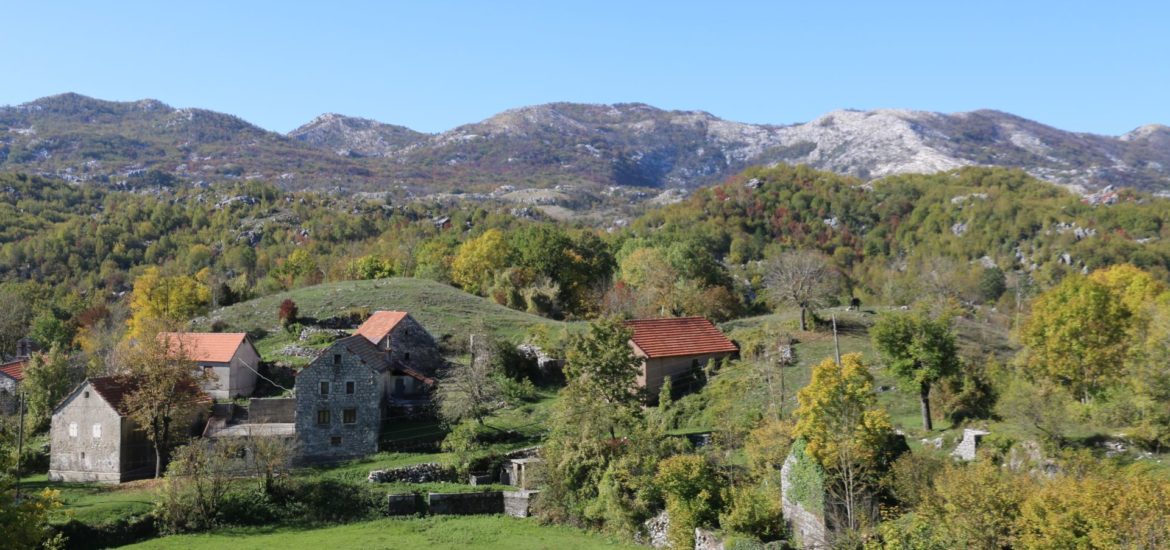
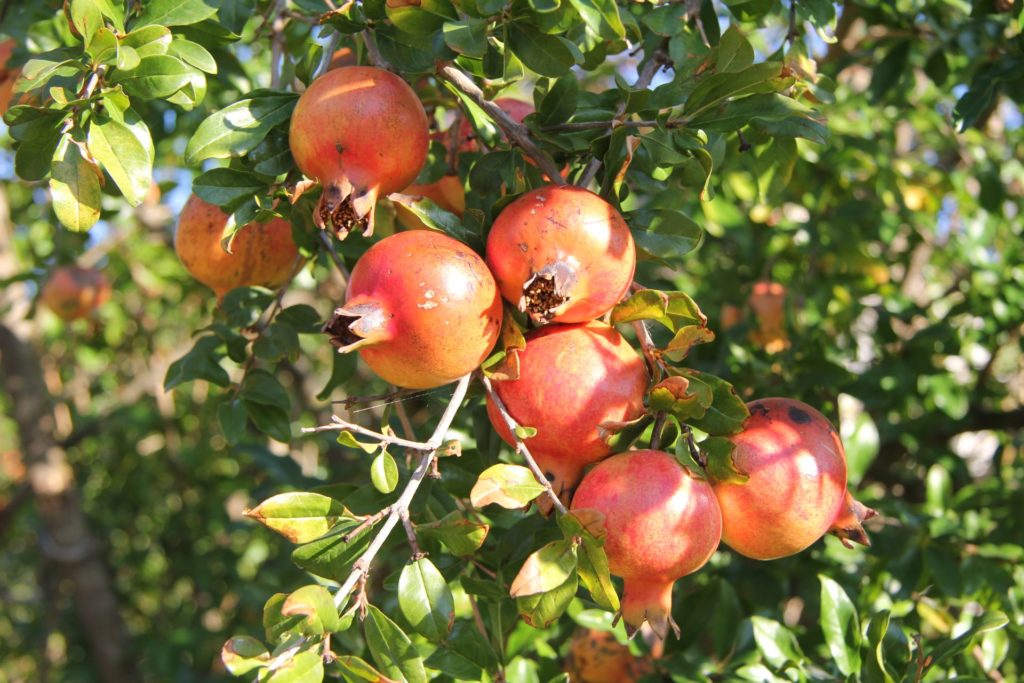
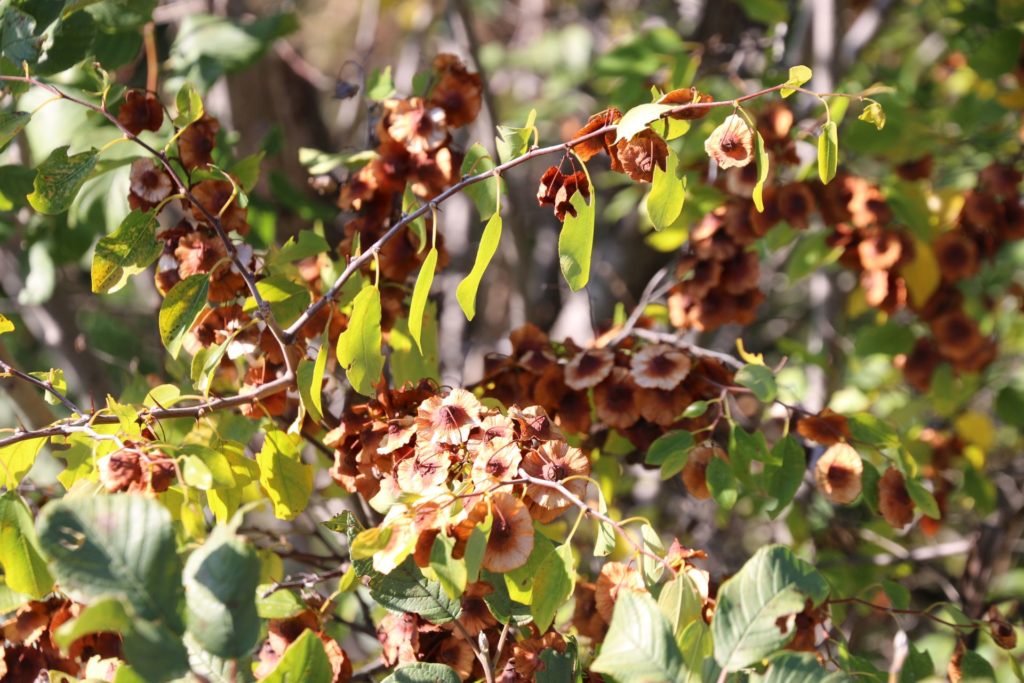
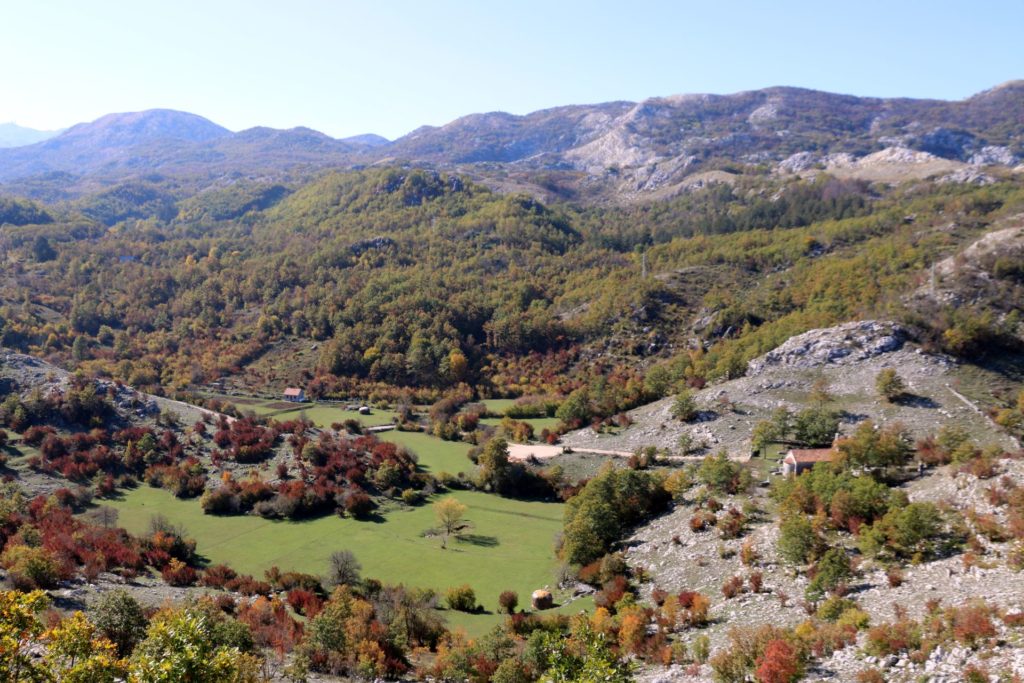
prachtig.